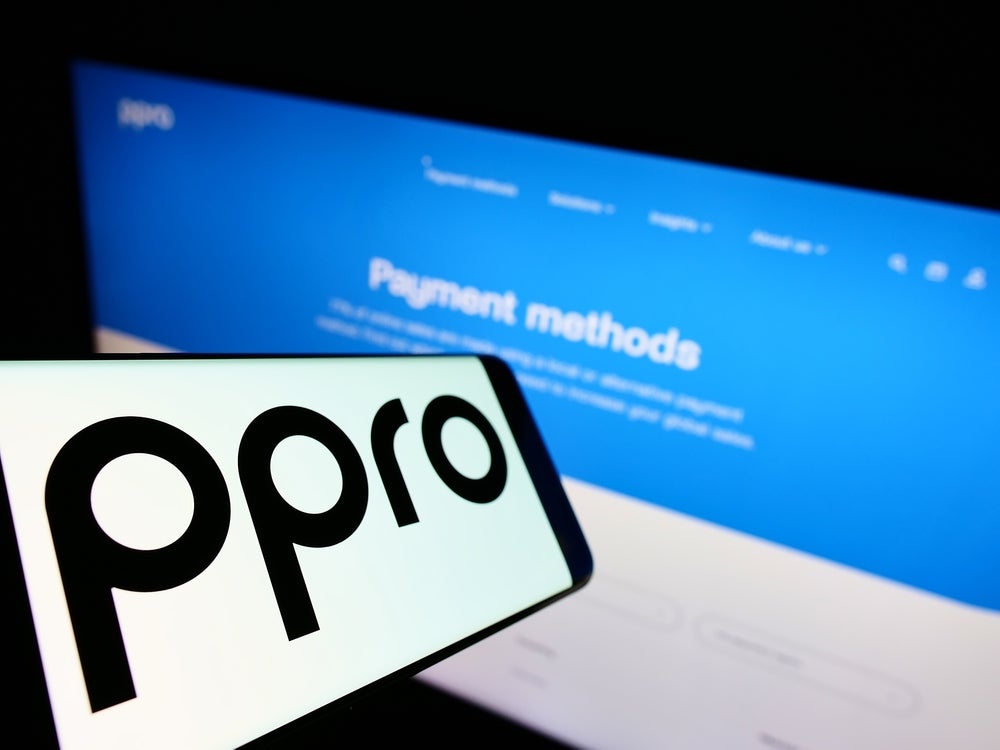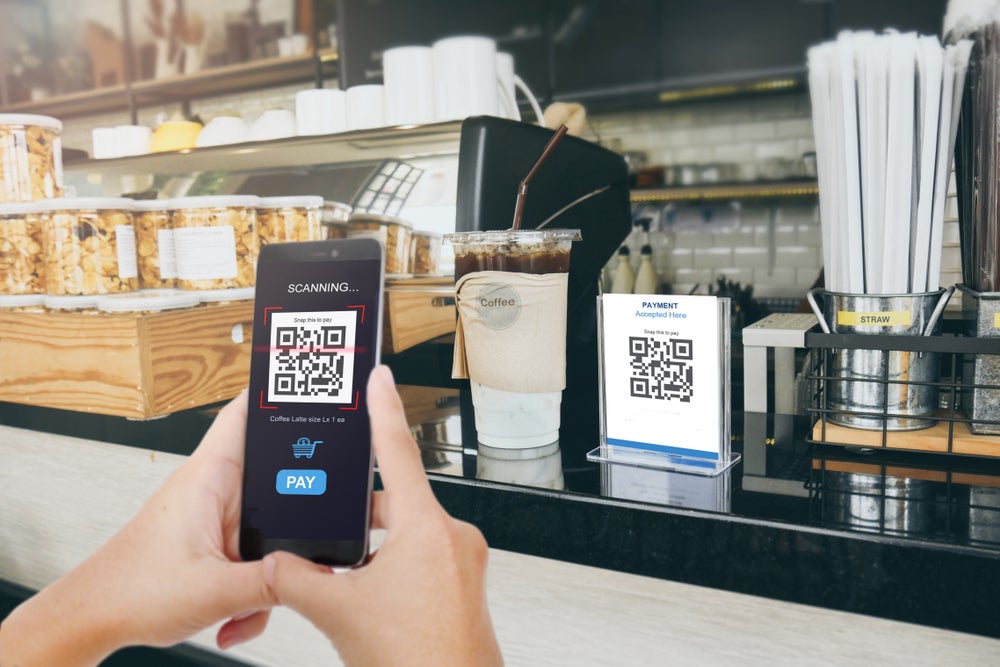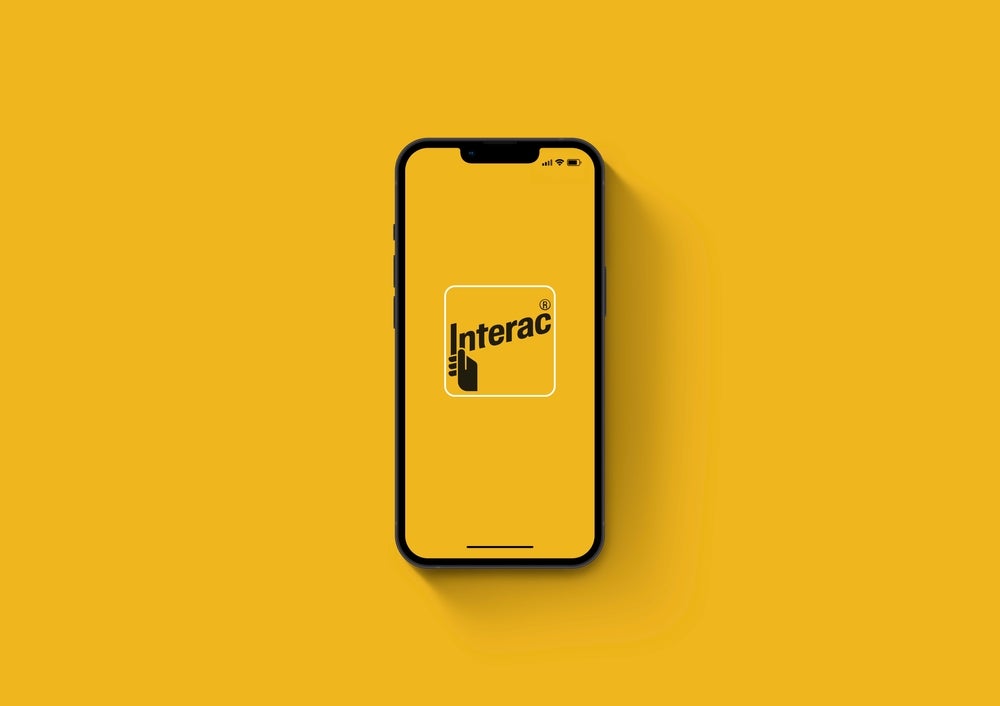cheque-cashing centres, key role-players in the bill payments
market, out of business by legislation. For Fiserv this is
providing an opportunity to launch a payments solution that opens
doors to a potential market of 40 million consumers. Charles Davis reports.
buying a pint of milk at the neighbourhood grocer – and maybe even
faster.
Sensing a real opportunity in the walk-in bill
payment segment, the financial services technology vendor is
employing technology inspired by the bar-code scanners that
dominate US retail checkout lanes to grab a piece of a market
currently held by payday lenders and cheque-cashing centres.
The service, aimed mainly at the under-banked, is
designed to allow walk-in customers to bring their bills and pay
them electronically in the checkout lines of grocery stores or
other retailers, where it could also reach mainstream bank
customers.
Once implemented, consumers will be able to bring
one or more bills into a participating location, scan it at the
checkout lane or kiosk, make a payment and leave with a receipt in
hand as proof of payment. The payment will arrive electronically at
the biller, accurate and ready for posting. In many cases,
confirmation of payment will be available to billers before the
funds even arrive, which is expected to reduce biller costs
associated with accepting cash and cheques, reduce days sales
outstanding, and provide cleaner electronic remittance.
The idea originated as payday lenders, which
represent nearly 20 percent of CheckFreePay’s customer base, find
the industry under increased regulatory pressure over fees and
interest rates.
Industry under attack
Paul Harrison, senior vice-president and general
manager of in-person bill payment service provider CheckFreePay,
and Lou Krouse, founder and CEO of PayScan America, whose
technology forms the basis for the service, explained the
concept.
How well do you really know your competitors?
Access the most comprehensive Company Profiles on the market, powered by GlobalData. Save hours of research. Gain competitive edge.

Thank you!
Your download email will arrive shortly
Not ready to buy yet? Download a free sample
We are confident about the unique quality of our Company Profiles. However, we want you to make the most beneficial decision for your business, so we offer a free sample that you can download by submitting the below form
By GlobalData“It [payday lending] is an industry under attack
and those attacks are strengthening,” Harrison said. “We needed a
strategy to deal with that, and bar-code bill payment is a way to
get ahead of the problem in a proactive way that can open up new
markets for us.”
Harrison noted that Ohio voters in November
affirmed a law enacted in June that caps payday loans at 28
percent. When the Ohio Legislature passed the law, cash advance
specialist Cash America International said it would likely have to
close its 139 stores in the state.
“And that is just in Ohio,” Harrison said. “We
anticipate more exits from the payday business.”
Advance America Cash Advance Centers has said it
would close its 246 Ohio stores and its 24 in New Hampshire, where
a similar law is scheduled to go into effect in 2009. It has
already closed stores in Oregon, Pennsylvania, Arkansas, and New
Mexico because of similar legislation.
Given the need for a solution, Fiserv licensed
software developed by PayScan America that enables people to pay
their bills at the POS. The software allows checkout clerks to
process bill payments by scanning bar codes printed on monthly
bills. Once a bill is scanned, a payment is generated that includes
the customer’s name, account number, and balance due.
Unlike CheckFreePay’s current system, which can
take a minute or two and requires some manual data entry by the
clerk, the bar-code technology takes 10 to 15 seconds and can be
handled entirely by the customer at the POS.
Opening grocery stores, discount stores, and
other large merchants like Wal-Mart or Target to walk-in bill
payments would help close the gap left by the exit of payday
lenders and could significantly expend the market by making
payments available at a much broader range of retailers.
CheckFreePay already is a leader in the post-paid walk-in bill
payment market, processing payments for more than 1,000 billers at
more than 12,000 locations nationwide.
“There are some 70,000 new retail locations we
could approach with this product,” Harrison said. “By going to
larger, brand name national chains, it is a lot easier to roll this
out in a way to really begins to draw in a wider market. You can
say to the customer, ‘Take this bill to Wal-Mart or Sears or a
CVS,’ and that would really widen the product’s reach.”
Harrison added that none of the retailers cited
in his example had signed on to the service yet, but he noted that
Wal-Mart had expressed interest.
Harrison said Fiserv sees walk-in bill payment as
an ideal way to introduce people with bank accounts to electronic
bill payment.
“Many customers with bank accounts are unfamiliar
with other ways to pay bills,” he added. “We are really after all
paper and cash bill payment here. It is about working with billers
and coming up with a model that works with them to accomplish their
goals, but we will sit down with them and develop the model as we
go.”
Transform the landscape
The first big task Fiserv faces is getting
billers to use the needed bar codes. Harrison said the company
could provide consumers with plastic key fobs that will bear bar
codes, print them on the bills or on statement envelopes.
“We believe in-lane bill payment services will
transform the walk-in bill payment landscape,” Harrison said.
“For retailers, it will provide a more efficient
walk-in bill payment process that leverages point-of-sale bar
coding to reduce the chance for error. Billers could realise
reduced processing costs, while their customers will enjoy a more
convenient payment experience.”
In a February 2008 report, Walk-in Bill Payment:
The Rational Option for the ‘Cash-Preferred’ Market, TowerGroup
estimated about 6 percent of all consumer bill payments are made at
walk-in retail locations, with the vast majority of these paid in
cash by unbanked or underbanked consumers.
“Retail locations provide a convenient and
cost-effective option for the 40 million consumer households that
prefer to pay their bills in cash and in person,” said Jennifer
Roth, research director, global payments, TowerGroup.
“Offering in-person, in-lane bill payments at
retail point-of-sale registers will serve traditional walk-in bill
payment customers, but will also appeal to consumers who typically
pay by mail.
“This represents the next step in delivering
automated efficiency and convenience in the walk-in bill payment
market.”







